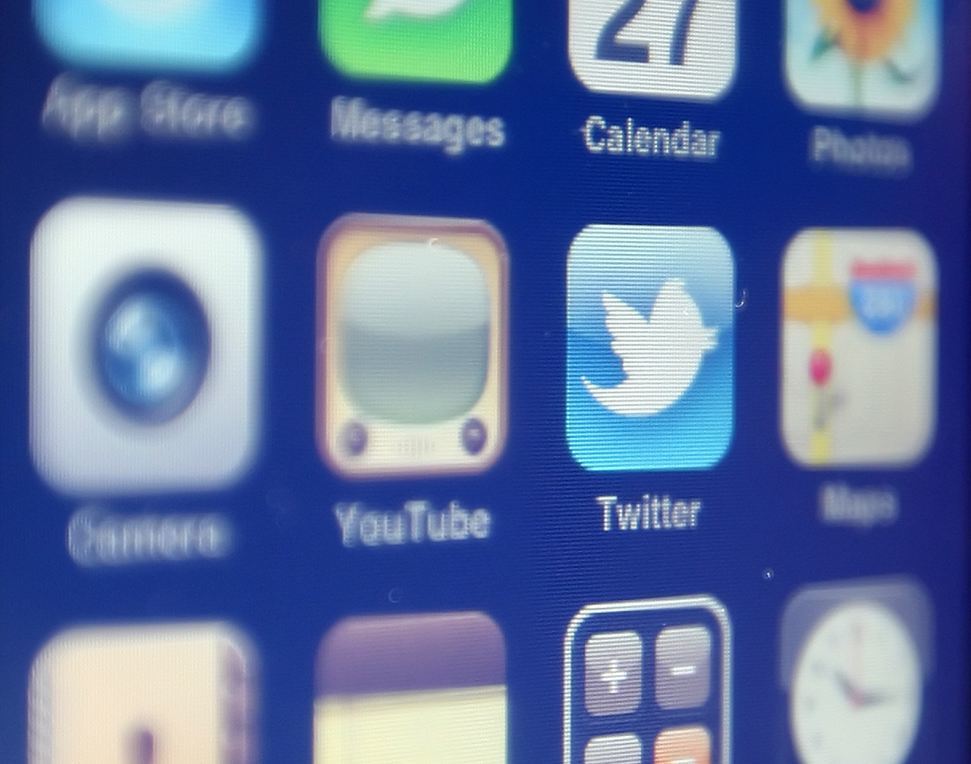The cost of mobile calls between networks is set to fall to the lowest level yet under proposals announced by Ofcom.
The regulator is proposing a new charge control on all operators which would mean mobile termination rates – the fee operators bill each other for connecting calls – would fall to less than 0.5p a minute by April 2017.
The rates have fallen significantly in recent years, from almost 25p a minute in 1995 to around 0.8p, and Ofcom said today’s announcement would see this trend continuing.
This wholesale charge is part of the cost of delivering calls that providers consider when they set retail prices for consumers.
Ofcom concluded its last review of the market for mobile termination rates in 2011, imposing a control on the rates charged by the four largest network operators.
It said the mobile market had changed significantly since it last reviewed these charges, and the amount of spectrum available to provide mobile services had increased dramatically following the release of 4G spectrum auctioned by Ofcom last year.
All four of the largest mobile operators have now launched competing 4G networks, with each aiming to cover around 98% of the country by next year.
These networks are currently used for high-speed mobile broadband, but operators are expected to start using them for voice calls in the near future.
Mobile networks and technologies are also becoming more efficient, leading to lower costs, and the new charges are designed to reflect this, Ofcom said.
Ofcom’s competition policy director Brian Potterill said: “Consumers in the UK benefit from a thriving competitive market, and mobile calls have never been cheaper. The average cost of a call bundle has fallen from £40 to around £13 in real terms over the last ten years.
“We want to ensure mobile users continue to benefit from competition, which will deliver affordable services in the years ahead.”
The consultation on the proposals closes on August 13 and Ofcom expects to publish its final decisions by March 2015.
